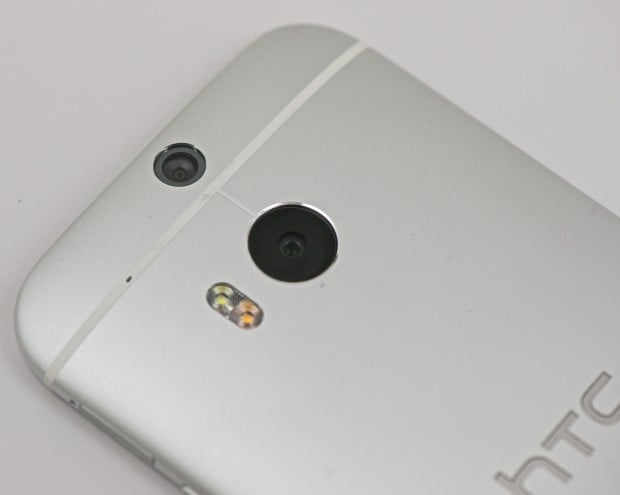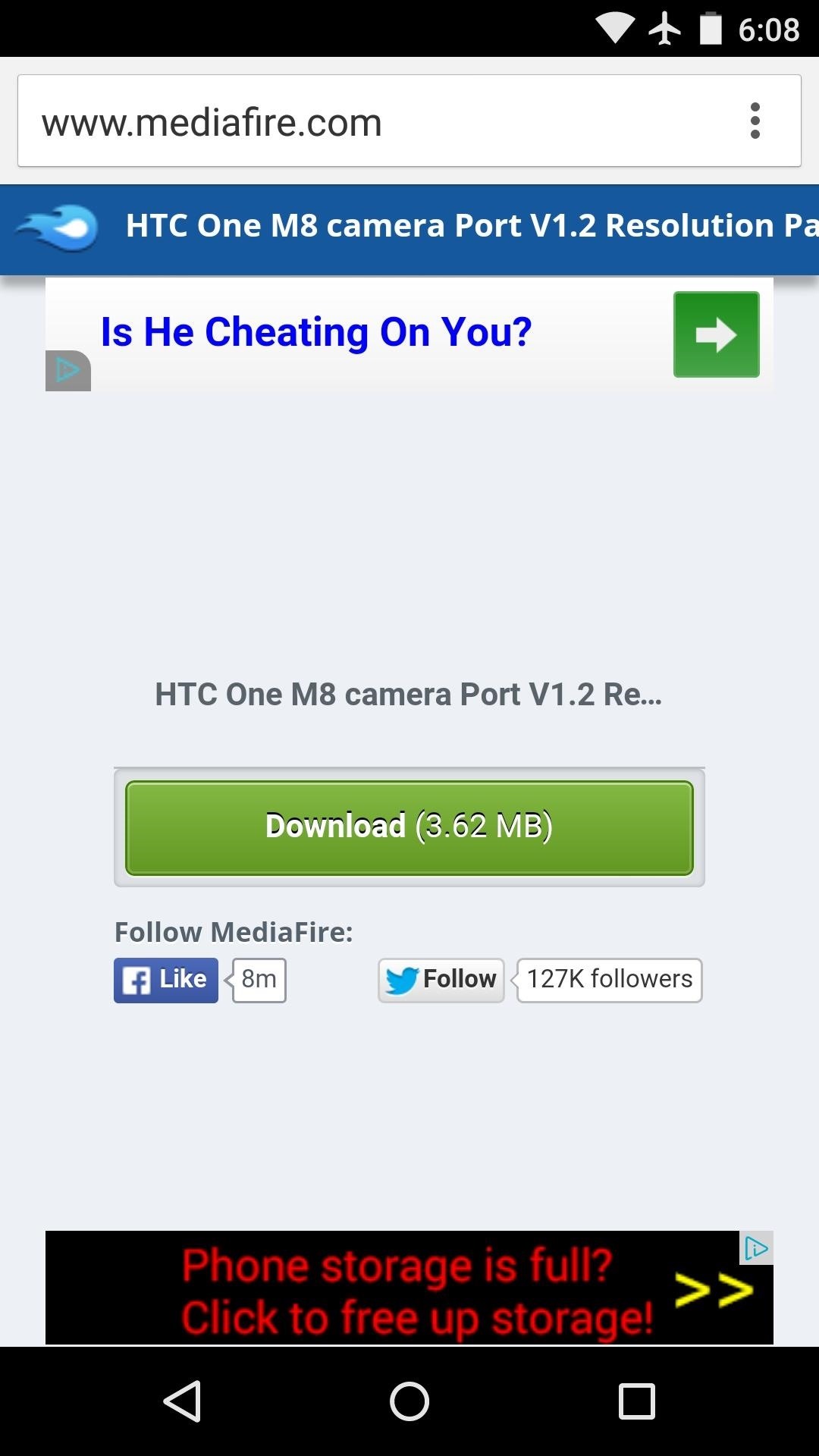
The second module also had a 4MP sensor that captured the scene from a slightly different perspective. Not so with the HTC Ones, they gave you their best in wide mode. Is your camera set to 4:3 or a wide aspect ratio? Because if it’s the latter, you are not using the sensor in your phone to its full potential (the top and bottom parts of the image get cropped). the new iPhone 13 Pro has 1.9 µm pixels, the Galaxy Z Fold3 1.8 µm pixels.Īnother interesting thing to note is that this was a 16:9 sensor. So, the 4MP sensor had 2.0µm pixels despite being only 1/3.0” in size. The Duo Camera brought back the UltraPixel module, HTC’s attempt to convince the world that fewer, bigger pixels are better than more, smaller pixels. Today you may roll your eyes at the words “depth sensor”, but back then it was a genuine innovation.

The HTC One (M8) had two cameras, but not for 3D – this was the first phone to use a camera as a depth sensor, which enabled all kinds of depth of field effects.

Then in 2014 HTC released a sequel to the well-reviewed One. The HTC One (M8) from 2014, a sequel to the original One So, phones went back to a single camera for a few years. However, that wasn’t very useful since 3D was a gimmick that only seems to work in movie theaters (and even that is debatable). We often mention the HTC EVO 3D (from 2011) as one of the first dual camera phones (along with the LG Optimus 3D). Or should we say “common” since popular implies that people like it. The M8 is the sequel to that and introduced a camera feature that is still very popular today. But we won’t go into that again, the HTC One was a promising phone that did things its own way. What comes after One? Well, the HTC One (M8), of course! If we haven’t made our feelings clear, “One” is a terrible name.


 0 kommentar(er)
0 kommentar(er)
